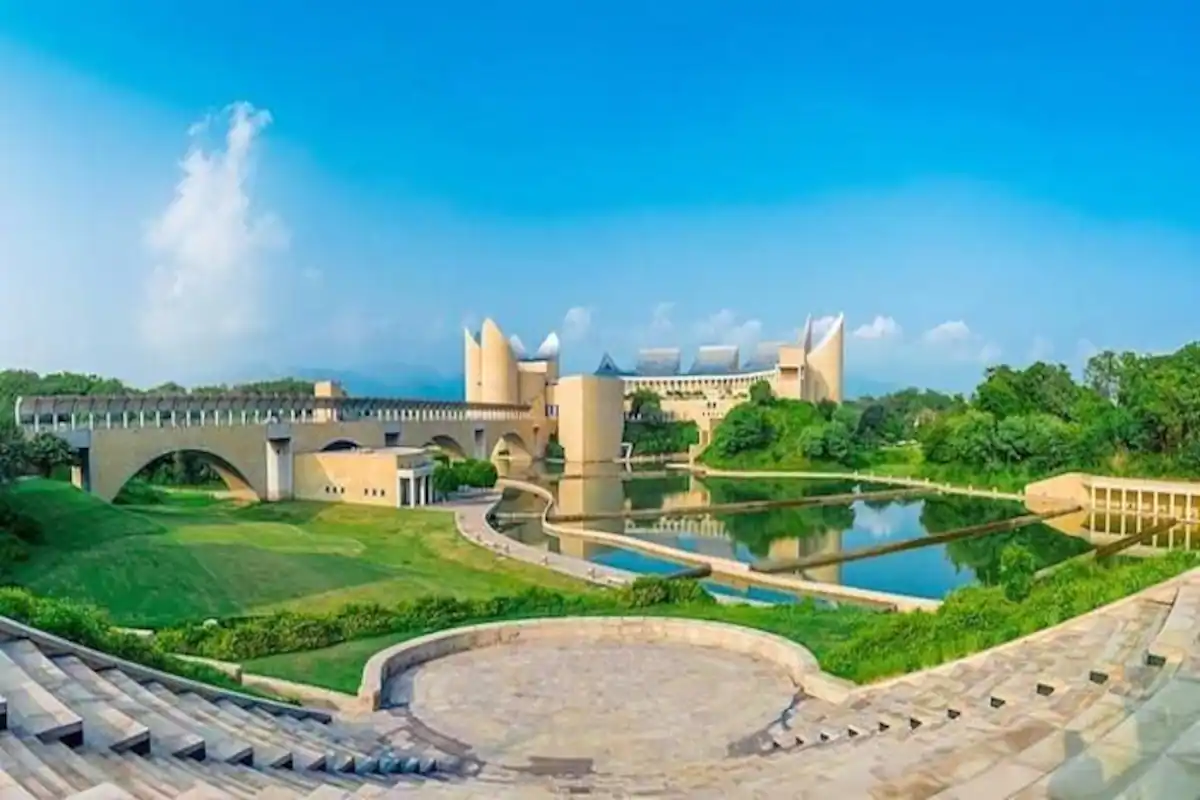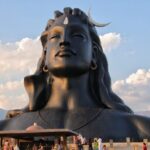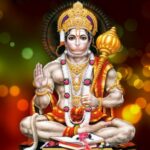Virasat-e-Khalsa
Anandpur Sahib’s Virasat-e-Khalsa (previously Khalsa Heritage Memorial Complex) is a museum. The museum provides insight into the events that occurred in Punjab five hundred years ago, giving birth to Sikhism and, eventually, the Khalsa Panth. The museum sheds light on the great Gurus’ vision, the timeless message of peace and brotherhood that they delivered to all mankind, and Punjab’s rich culture and heritage. The museum will honor 500 years of Sikh history as well as the 300th anniversary of the Khalsa, the texts penned by the 10th and final Guru, Sh. Guru Gobind Singh Ji, the creator of modern Sikhism.
Virasat-e-Khalsa is envisioned as a storehouse of the Khalsa’s rich legacy, history, and culture of Punjab to inspire visitors with the vision of the Gurus, highlighting the timeless message of the great gurus for all mankind.
Guru Nanak Dev Ji developed a faith based on the essential ideas of universalism, liberty, and humanism near the end of the fifteenth century in the Punjab region of Northern India. The nine Gurus who came after He expanded and solidified His teachings, establishing Sikhism not only as a religious system but also as a way of life.
On the festival of Baisakhi in 1699, the Tenth Guru, Guru Gobind Singh Ji, formally established the Khalsa Panth Creating a social order dedicated to peace, equality, and justice for all in Anandpur Sahib. Today, the majestic Gurdwara Takht Sri Kesgarh Sahib sits on the same place.
The Tercentenary of the Khalsa was celebrated in 1999. To celebrate this occasion, Punjab Chief Minister S. Parkash Singh Badal unveiled plans for a magnificent structure to be known as Virasat – e – Khalsa at Sri Anandpur Sahib.
The Legacy Complex is influenced by Sri Anandpur Sahib’s rich natural and architectural heritage, as well as Sikh and regional architecture. In contrast to the traditional domes that crown sacred Sikh sites, the Museum’s roofs are concave-shaped receptors facing the sky. They are made of stainless steel and reflect the sun’s rays towards the Gurdwara and the Fort.
On November 25, 2011, it was inaugurated after thirteen years of building. On November 27, 2011, it was opened to the public.
• The smaller, western complex includes an entrance piazza, an auditorium with 400 seating capacity, a two-story research and reference library, and changing exhibition galleries;
• The larger, eastern complex includes a round memorial building as well as extensive, permanent exhibition space, consisting of two clusters of galleries that attempt to evoke the fortress architecture of the region (most evi The arrangement of the galleries in fives represents the Five Virtues, a major principle of Sikhism.
The buildings are made of poured-in-place concrete; certain beams and columns remain visible, but the majority of the structures will be encased in a honey-colored stone from the area. The stainless steel-clad rooftops have a twofold curvature, gathering and reflecting the sky while a series of dams in the ravine create pools that mirror the entire complex at night. Mr. Moshe Saifde, a world-renowned architect, designed the structure.
The breathtaking journey begins at ‘Panj Pani,’ the Boat Building, which holds the world’s largest hand-painted mural, created by none other than the incredible Orijit Sen. It is a 360-degree mural reflecting Punjab’s past and present as seen in its villages, towns, and cities. When you go into this gallery, it is pitch black, interrupted only by the sound of birds chirping and a blue tint of light. The sensation and the breathtaking perspective are difficult to describe and must be experienced firsthand. You notice the chamber is like a deep well with ornamented walls (almost like a popup card) that begin with the dawn of the day and take you through various love stories, Punjabi festivals, traditions, occupational works, the historic Golden Temple, and the setting of the sun – all while guests mount the height on a central circular path. The visual experience is accompanied by Punjabi melodies, and visitors on a Sunday can be found Bhangra-ing their way up the ramp.
The Adventure
Following this gallery, you are presented with an Audio Guide with language selection options. It’s one of those automatic ones that detects which gallery you’re in and begins the guide! As you begin your voyage, the familiar Ik-Onkar takes over, presenting an intriguing crystal-lights display!
Sikhism’s origins
Thematic carpets cover the walls of this section of the structure, for which weavers from Mirzapur were enlisted. This exhibit, which includes spectacular sound effects, is housed in a drum-shaped structure, and an audio message illustrates the essential concepts of Sikhism.
Thus begins a captivating journey through the five petals of the flower building into the lives of the first five Gurus. The story begins with Guru Nanak Dev and ends with Guru Arjan Dev. The first petal shows the era in which Guru Nanak Dev was born, charting his life through travels (udasi). He bestows the “Guruship” on Bhai Lehna in the Kartarpur scene, dubbing him Guru Angad.








